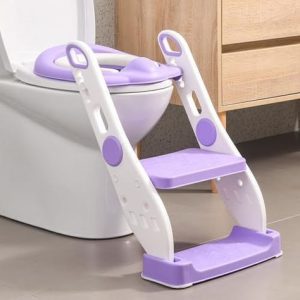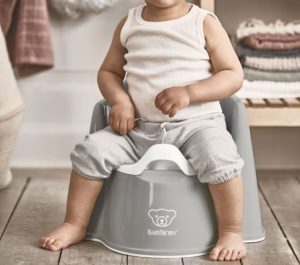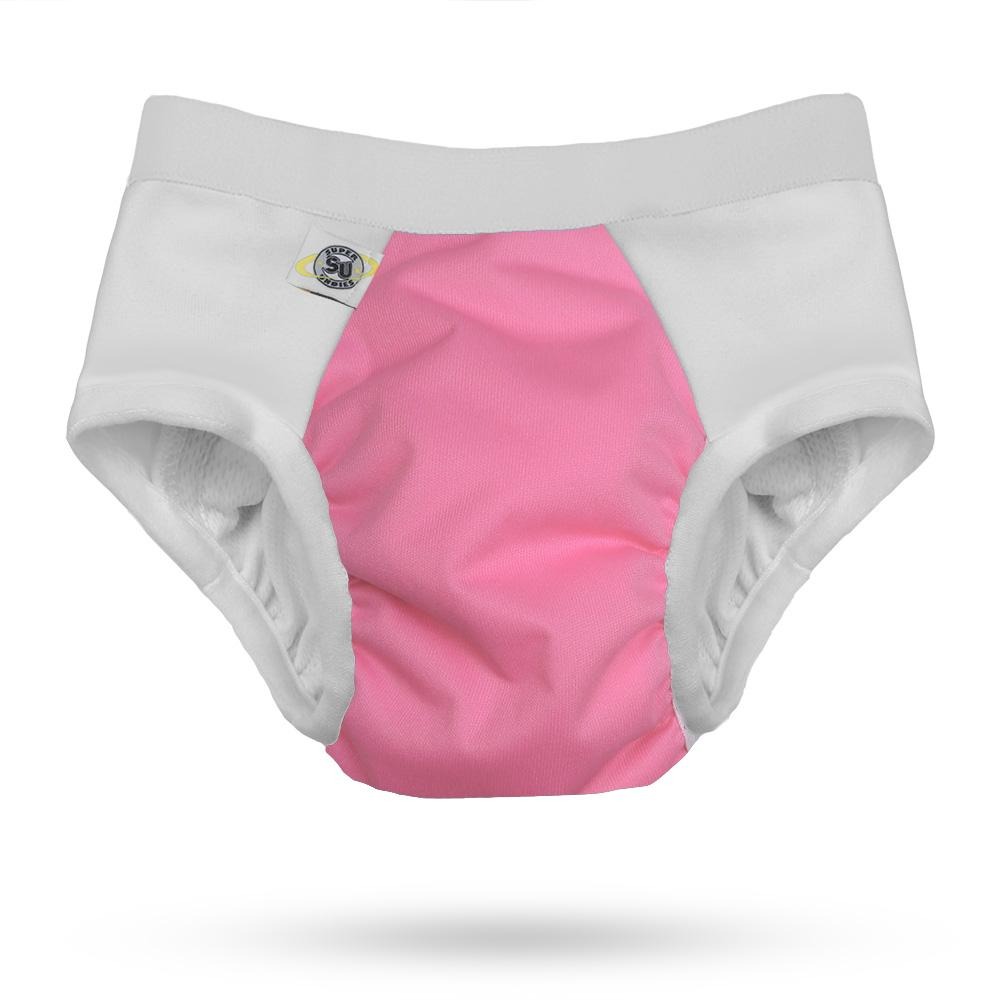Potty training is a big milestone for both toddlers and parents! It’s a time of new experiences, filled with excitement and maybe a few messes. There are many tools and resources available to help make potty training smoother, and choosing between underwear and pull-ups is a common decision parents face. This article will explore the pros and cons of both options to help you decide what’s right for your child.
Understanding Underwear and Pull-Ups
Underwear:
Regular underwear allows toddlers to feel the wetness or messiness when they have an accident. This can help them understand the connection between using the potty and staying dry.
Pull-Ups:
Pull-ups look and feel similar to diapers. They are absorbent and can help contain accidents.
Pros of Using Underwear
There are several advantages to using underwear during potty training:
Promotes Faster Learning: Feeling the wetness can help toddlers understand the need to use the potty. This can accelerate potty training progress.
Increases Independence: Underwear allows toddlers to feel more grown-up and independent, which can motivate them to use the potty.
Saves Money: Using reusable underwear is more cost-effective than disposable pull-ups.
Better for the Environment: Reusable underwear creates less waste compared to disposable pull-ups.
Cons of Using Underwear
There are also some drawbacks to consider when using underwear for potty training:
More Accidents: There will likely be more accidents in the beginning when using underwear. Be patient and offer plenty of positive reinforcement.
Increased Laundry: More accidents mean more laundry! Be prepared for frequent clothing changes.
Potential Discouragement: Accidents can be discouraging for some toddlers. Focus on praise and positive reinforcement to keep them motivated.
Pros of Using Pull-Ups
Pull-ups can be helpful in certain situations during potty training:
Nighttime Potty Training: Pull-ups can be a good option for nighttime wear while your child transitions from diapers.
Outings and Travel: Pull-ups can offer convenience and prevent accidents during outings or travel when potty access might be limited.
Promoting Comfort: For some toddlers, pull-ups may feel more comfortable and familiar than underwear, especially during the early stages of potty training.
Cons of Using Pull-Ups
While pull-ups can be helpful at times, there are also some reasons to consider limiting their use:
Delayed Potty Training: Pull-ups may slow down potty training progress because toddlers don’t feel the wetness as a reminder to use the potty.
Less Motivation: The convenience of pull-ups might decrease a toddler’s motivation to use the potty since they don’t experience the discomfort of wetness.
Mixed Messages: Using pull-ups can send mixed messages to toddlers about using the potty.
Choosing the Right Option for Your Child
The decision of whether to use underwear or pull-ups depends on your child’s individual needs and progress. Here are some factors to consider:
Your Child’s Age and Development: Some toddlers may be ready to start with underwear right away, while others may benefit from a gradual transition using pull-ups for a while.
Your Child’s Comfort Level: Pay attention to your child’s reactions. If they seem uncomfortable or scared in underwear, pull-ups might be a good temporary option.
Your Potty Training Goals: If you’re aiming for quick potty training, using underwear from the start may be more effective.
There is no right or wrong answer! The most important thing is to choose a method that works for you and your child.
Potty Training Success: Beyond Underwear and Pull-Ups
Here are some additional tips to promote successful potty training:
Positive Reinforcement: Praise your child for their efforts, no matter how small.
Stick to a Routine: Create a consistent potty schedule and encourage your child to use the potty at regular intervals.
Make it Fun: Use colorful charts with stickers or decorate the bathroom to make potty time more enjoyable.
Be Patient: Potty training takes time and patience. There will be accidents along the way. Stay positive and encouraging!
By using a combination of positive reinforcement, routine, and the right approach, you can help your child reach potty training milestones with confidence.
Making the Underwear Switch
If you decide to use underwear for potty training, here are some tips for a smooth transition:
Start slow. You can introduce underwear gradually, maybe at home first, and see how your child adjusts.
Be prepared for accidents. There will likely be accidents, especially in the beginning. Be patient and offer encouragement.
Stock up on comfy clothes. Extra clothes and easy-to-clean surfaces will be helpful during potty training.
Make potty time fun! Use colorful charts with stickers or decorate the bathroom to create a positive potty experience.
Using Pull-Ups Strategically
While pull-ups might not be ideal for the entire potty training journey, they can be helpful in certain situations:
Nighttime wear: Pull-ups are a good option for nighttime while your child transitions from diapers. Most children achieve bladder control later at night.
Travel and outings: Pull-ups can offer convenience and prevent accidents during outings or travel when potty access might be limited.
Confidence booster: If your child is feeling discouraged about accidents in underwear, using pull-ups for a short time can help rebuild confidence.
Remember, the goal is to move towards using underwear as your child progresses with potty training.
The Big Picture: Potty Training Success
Every child potty trains at their own pace. There is no magic formula or guaranteed timeline. Focus on creating a positive and supportive environment to help your child feel confident and successful.
Here are some additional tips to keep in mind:
Relax and have fun! Make potty training a positive experience for both you and your child.
Trust your instincts. You know your child best, so choose the methods and tools that feel right for you and your family.
Don’t compare your child to others. Every child develops at their own pace. Focus on your child’s individual progress.
Seek help if you need it. Talk to your pediatrician or a parenting specialist if you have any concerns or questions about potty training.
By using a combination of positive reinforcement, routine, and the right approach, you can help your child achieve potty training success!










